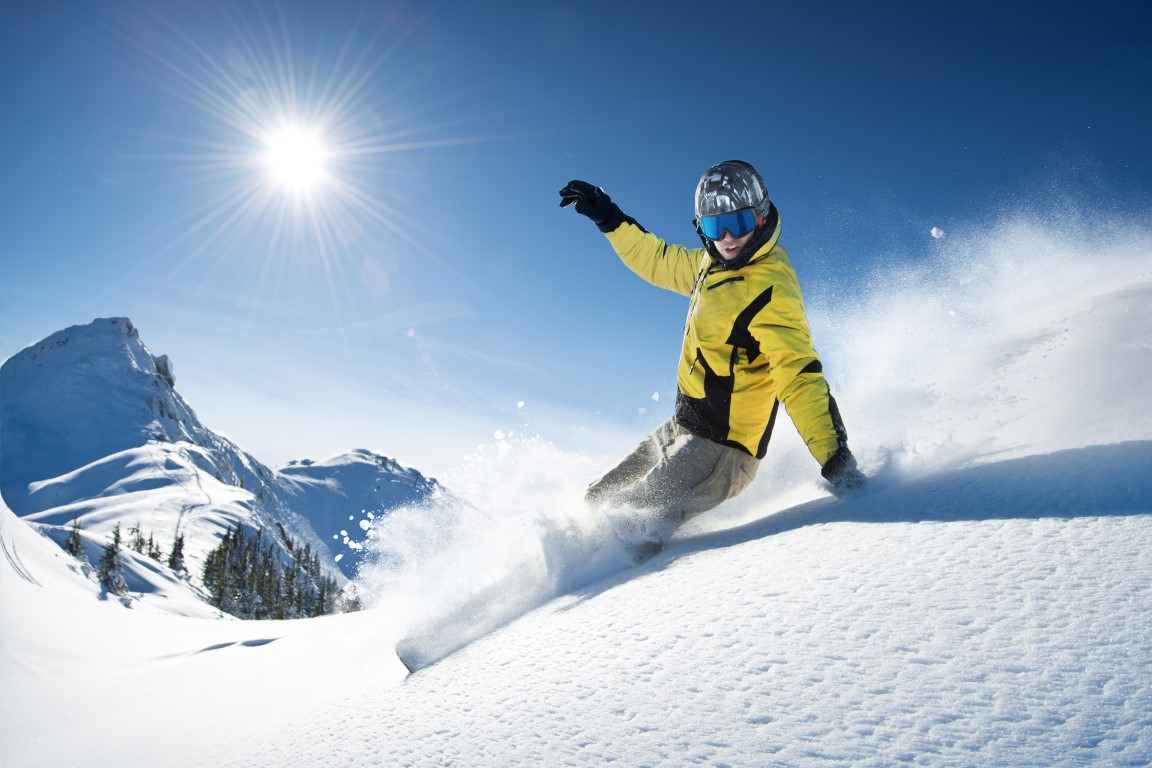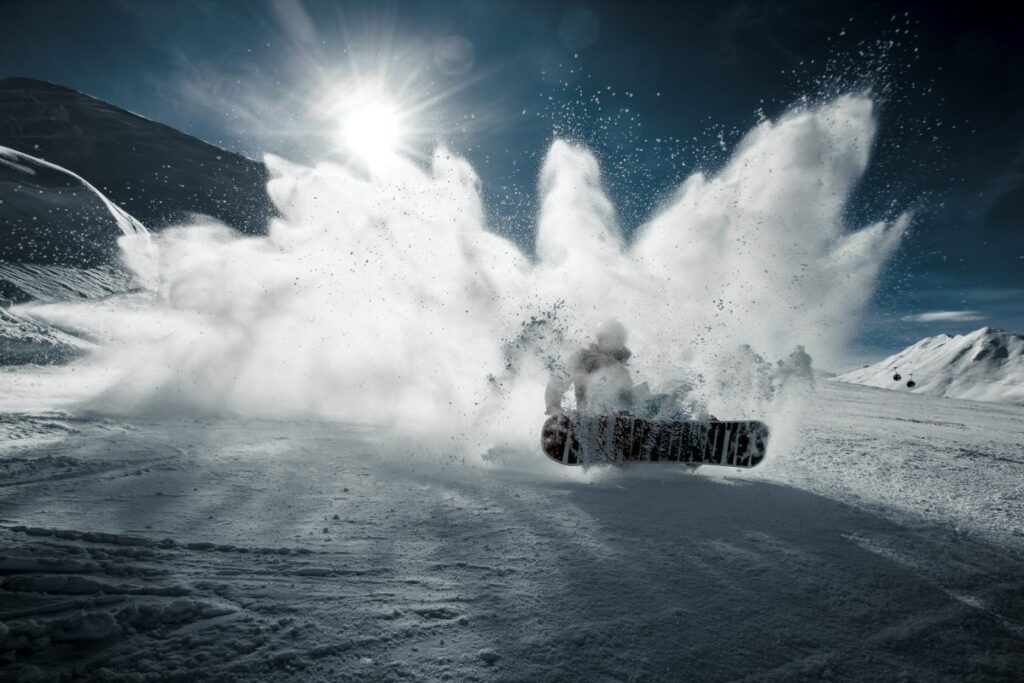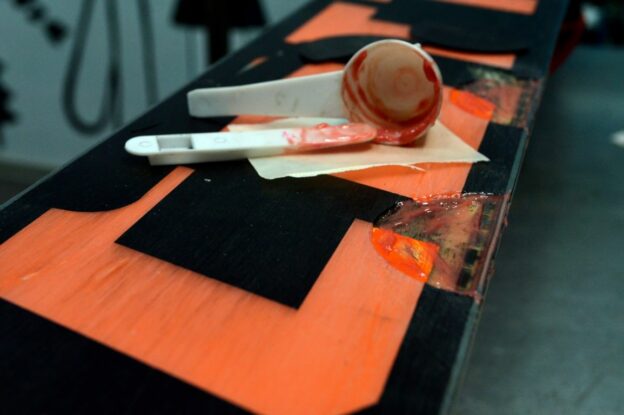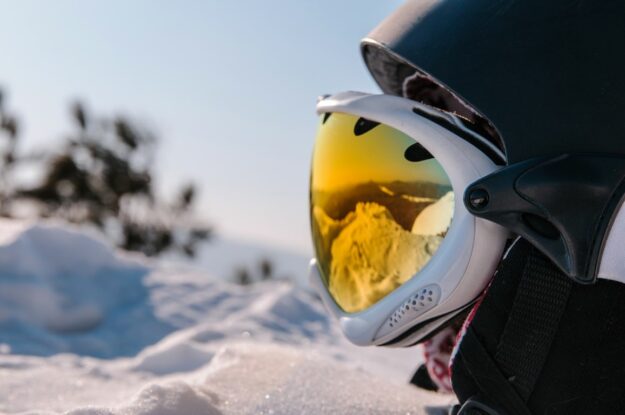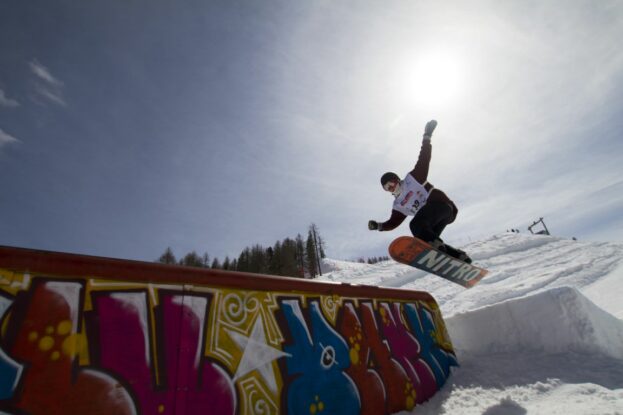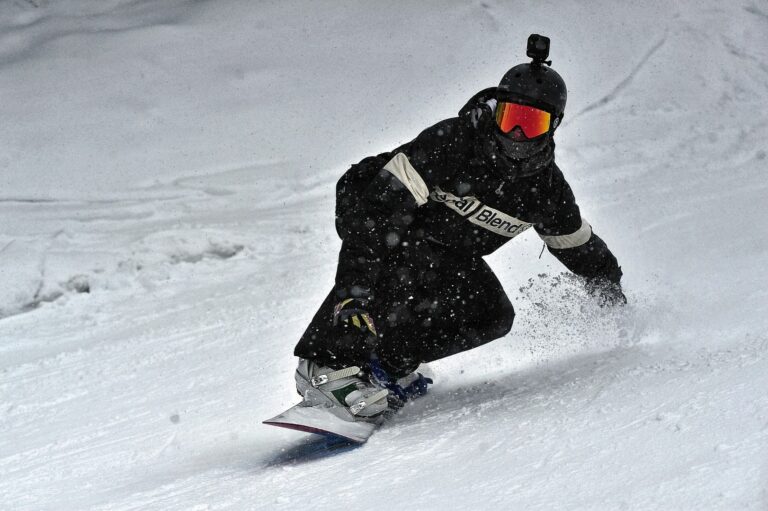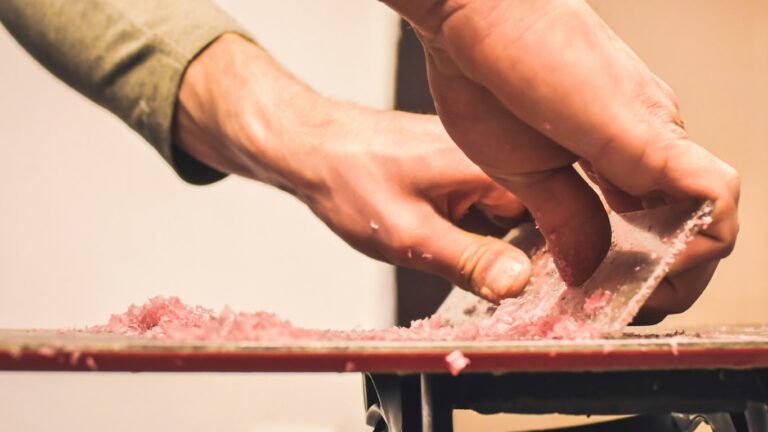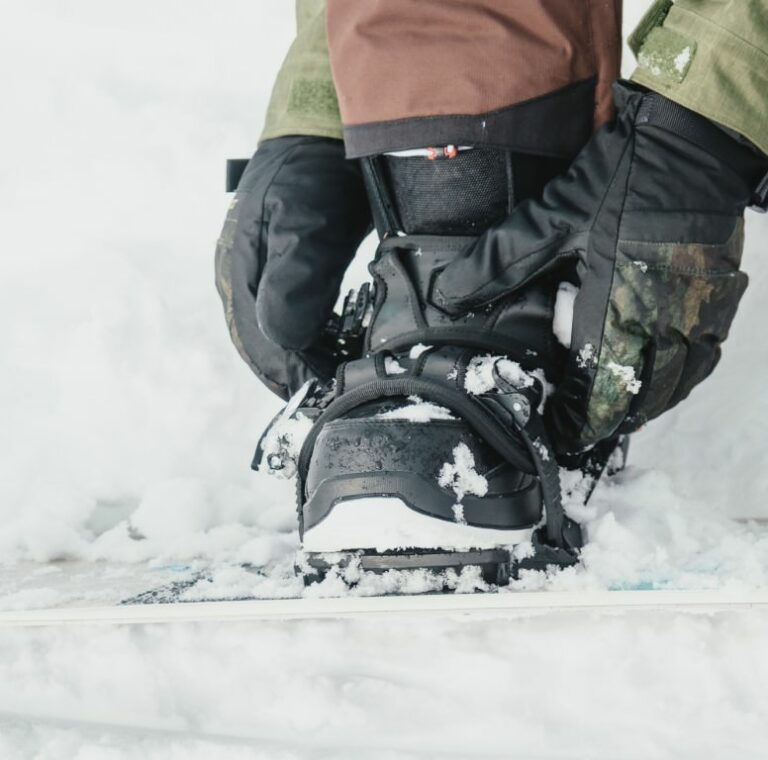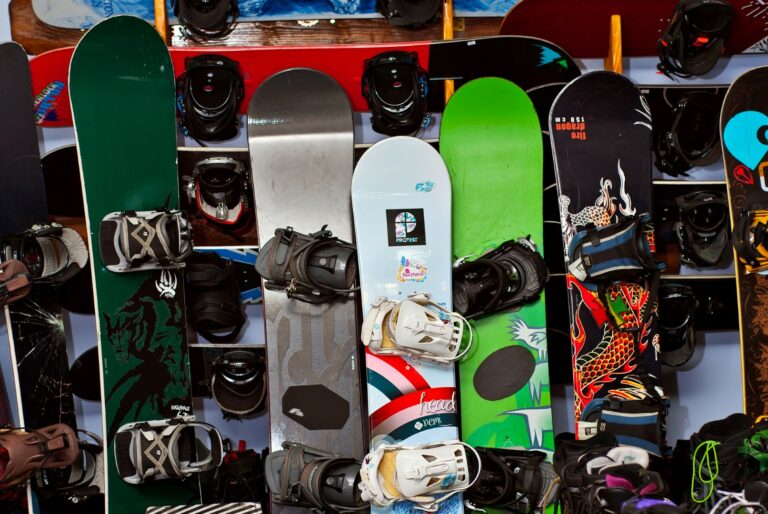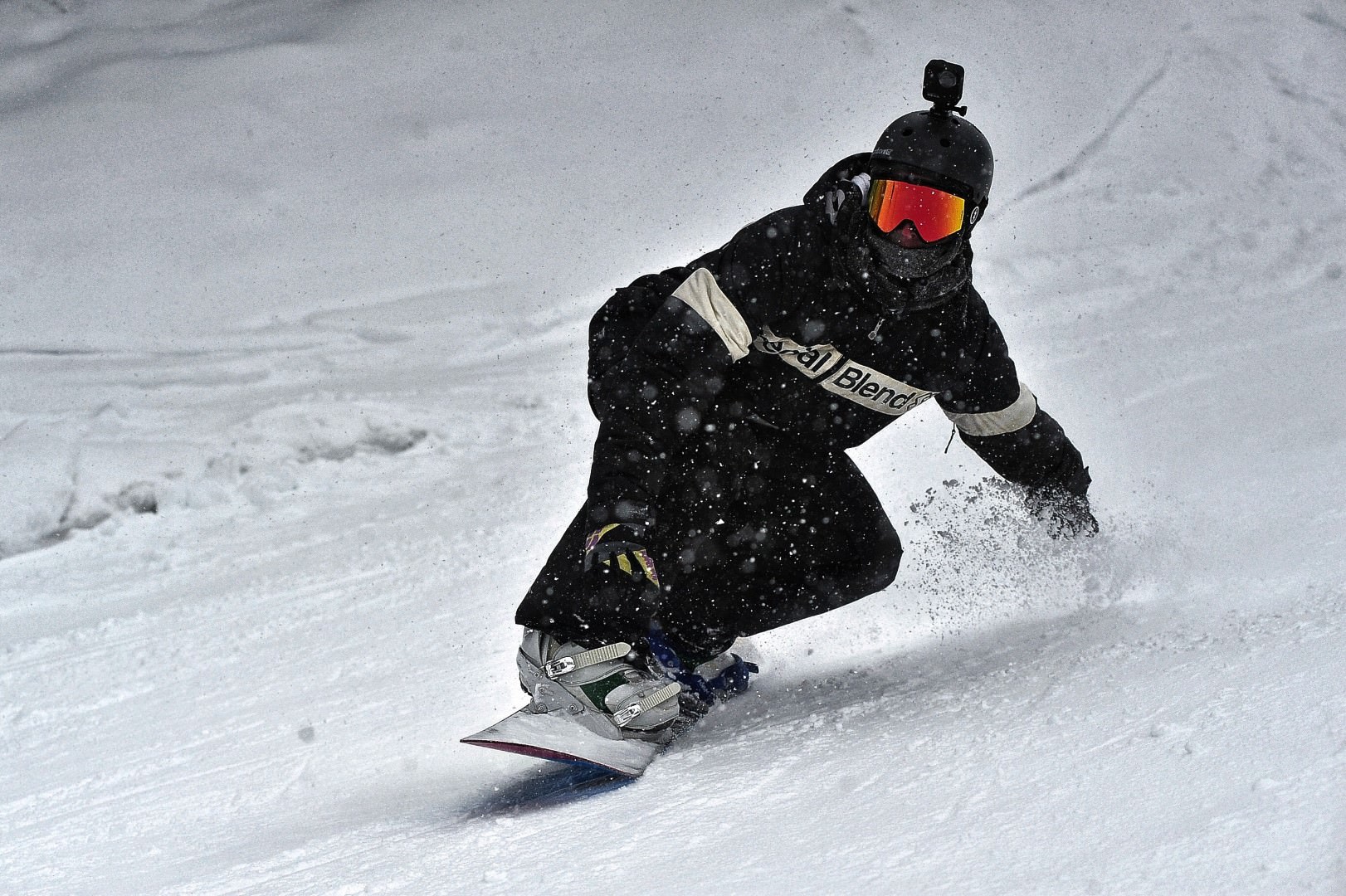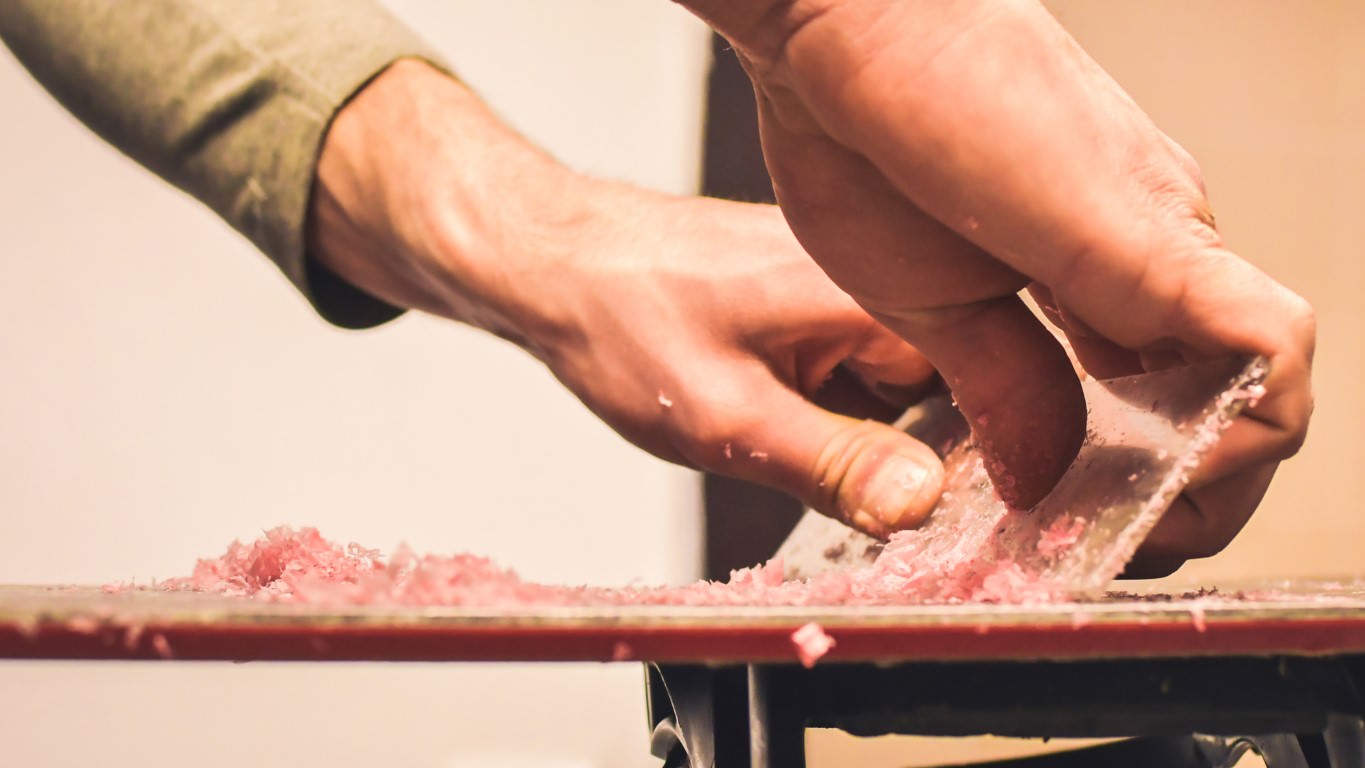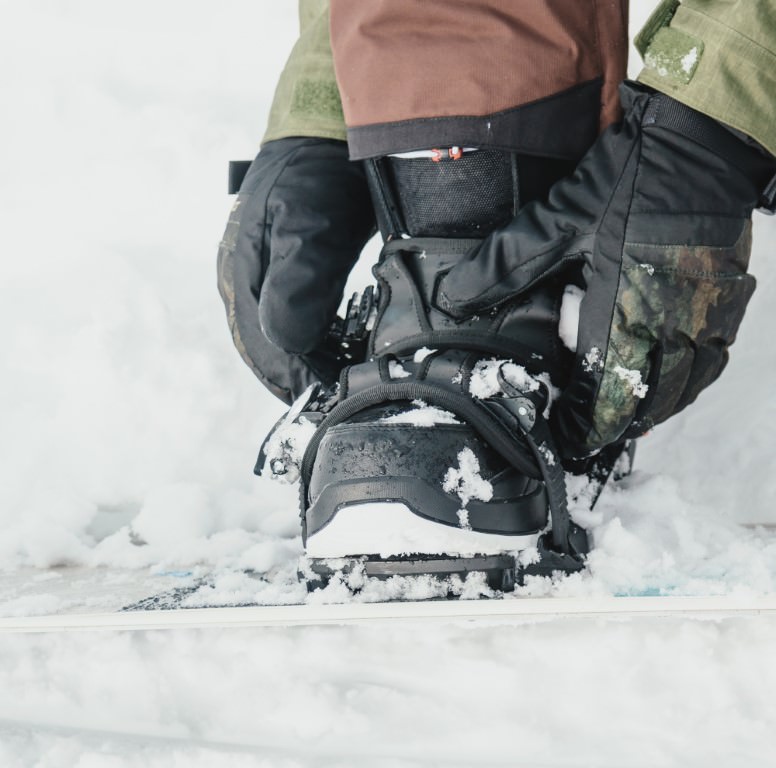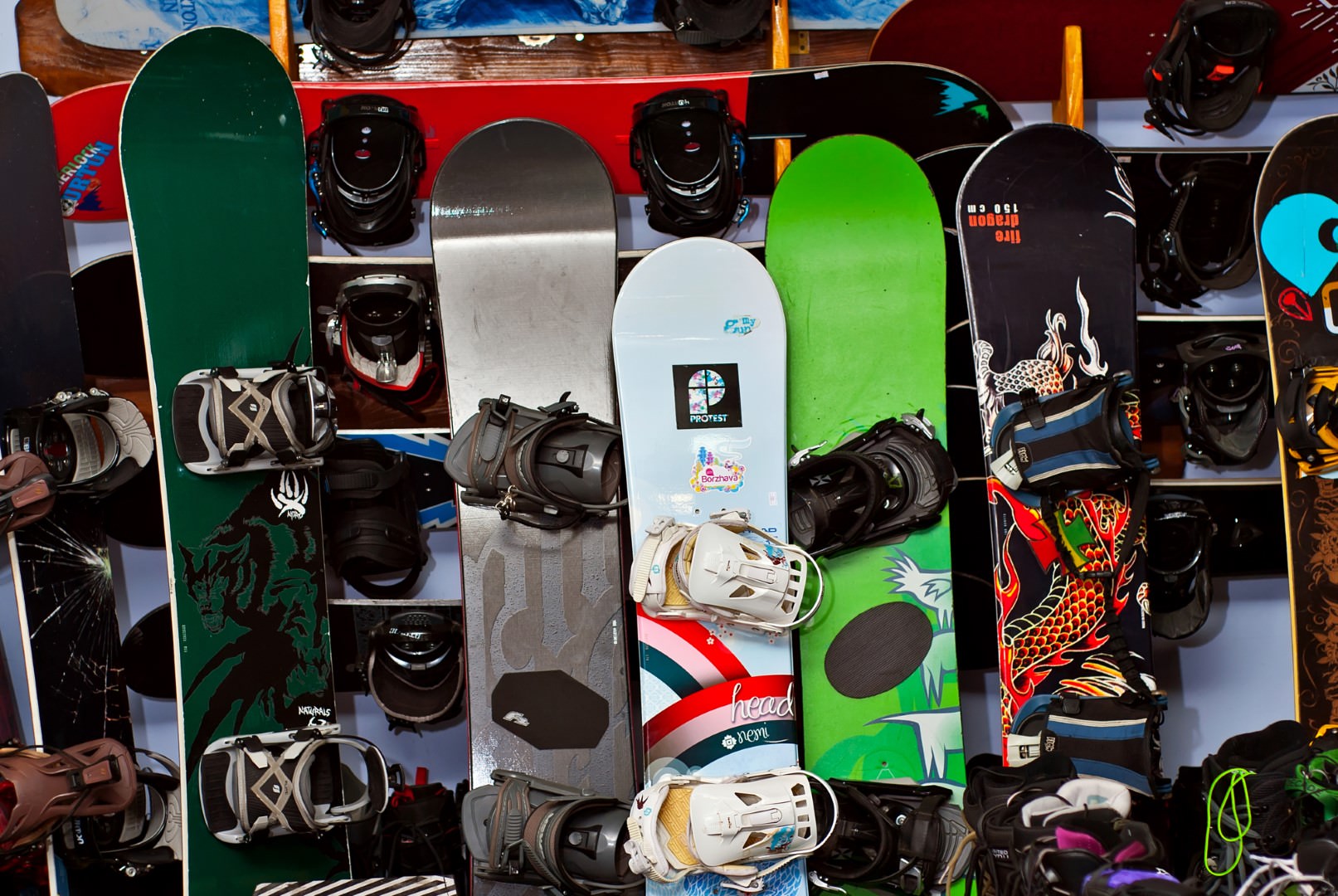So how long does it take to learn how to snowboard? That depends on your athletic ability, previous board sport experience and the time you have to commit to learning. At what point would you say someone has learned how to snowboard? Whether you’re a first time beginner or a seasoned veteran, your growth as a snowboarder will never stop.
How Long Does it Take to Learn the Basics of Snowboarding?
What are the basics of snowboarding? Some might say it’s when you can balance on your snowboard and move around on your edges, zig-zagging around the mountain. Others will say once you link your first turns, you’ve accomplished a major milestone. With snowboarding being hard to learn and easy to master, the learning curve levels off quite quick. As an old instructor myself, it was always known that once a client has linked their turns comfortably, progressions will be fast.
Before learning how to turn, a rider must be comfortable balancing on their heel and toe edges while traversing the slope in a zig-zag pattern. One also needs to understand how to rotate with the lower body using their feet, knees and hips to change the direction of the board. If you’re a fast learner with great athletic ability, you could get to this point within the first hour in a private lesson. Realistically, it usually takes a couple hours for most people to get to this step.
Riders who have the edge balance and lower body rotation dialed can nail their first turns usually within another hour and begin linking their turns. A full day, 6 hour lesson should set you up to be linking turns on the learning slope by the end of the day.
How Long Does it Take to Become a Proficient Snowboarder?
To be proficient as a snowboarder, one should be able to get around the mountain on green and blue runs by linking turns and controlling speed. This is where mileage on snow and consistent practice becomes important. By about 20 hours of practice, you should feel comfortable carving on green runs and turning confidently on blue runs. Depending on your goals and personal preferences, being a proficient rider might just mean flying down green runs. Another rider might see it as clearing the largest jumps in the terrain park, which will take years of practice and a lot of confidence.
What Factors Affect Learning Time?
Learning and progressing as a snowboarder happens at different speeds and that is okay! Here are a few things that could affect your learning speed.
Age
We all know that kids learn fast. It’s no surprise to say that if you’re a child, you’re going to pick it up quickly. Kids from about 7 years and up will have a great leg up on older adults who can lack the flexibility of someone younger. Kids also tend to bounce when the fall so they tend to be less affected by minor crashes, both physically and mentally
Fitness Level
If you’re strong, fit and flexible, snowboarding will be easier to learn. You use your legs and core a ton. Flexibility also helps with movements and getting up after falling. Performing snowboard-specific exercises away from the slopes can help boost fitness levels and improve technique.
Height and Weight
Height doesn’t affect your learning much unless you’re really tall. You might find those smaller movements a bit different. Weight also doesn’t affect your learning unless you are overweight. As with most sports, the more weight you have, the harder it is to move and balance.
Board Sports Experience
This is probably the best factor that will speed up your learning. Although not all board sports are the same, the ideas, turning and balance transfer well between sports.
Experience on the Snow
If you’ve skied before then you’ll have an understanding of edge control and how to maneuver on snow, especially with how to control speed. It’s more intuitive if you’ve been on snow before. Walking on snow does not count.
Equipment
You don’t need the most expensive equipment on the market but you’ll want something in relatively good condition. Overused boots and snowboards lose their support and performance which can make your movements less responsive.
Free Time for Lessons/Learning
If you’re away on a holiday and can invest a few full days to learn, you’ll fare much better than someone who is practicing a few times a month. Consistency is key when learning.
Lesson Type
Lessons are broken into private and group lessons. With a private lesson, you get 100% of the instructor’s time so they are able to give you a very structured and attentive lesson. As an example, people in a group lesson of four people would receive about 25% of the instructor’s time.
Private lessons can be expensive so it depends on your budget and how fast you want to progress. You could also find a group of friends that want to learn and all split on a group lesson together.
Instructor Experience
Most of the world’s biggest resorts have their own governing body for instructors. They all undergo standardized training and are required to ride and teach to a certain level. If you’re a complete beginner, having a relatively new instructor will be fine. If you’re an intermediate or advanced rider, you’ll want an instructor with a few years of experience and a higher certification that can teach some of the more technical aspects of snowboarding.
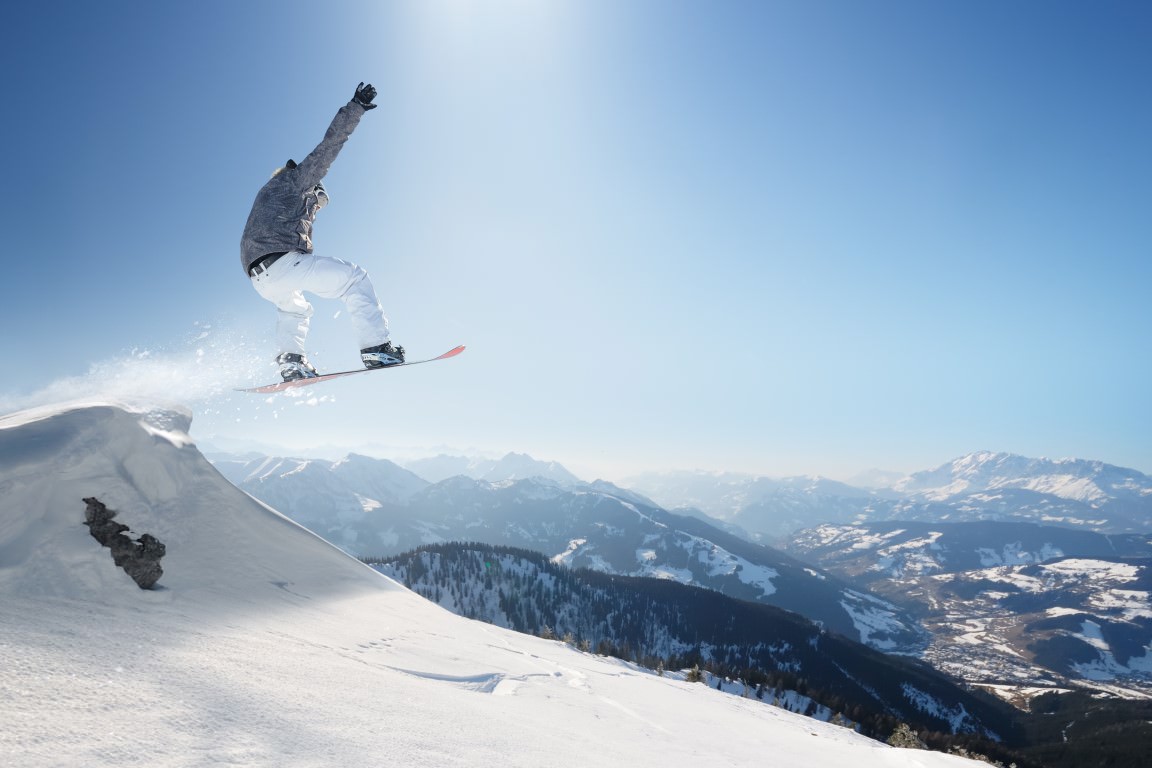
What Are the Best Methods to Learn Snowboarding?
Everybody learns differently. Some people need theoretical explanations, while others can see a demonstration or a video and aim to copy those movements. Getting a lesson or two to grasp the fundamentals is recommended no matter how you learn. This helps you learn proper technique and limits bad habits, which can be very hard to unlearn down the road.
Lessons provide a structured development plan to which is tailored to reach milestones and competencies before moving to the next skills. A beginner lesson plan might go as follows
- Learning about your board and how to use the bindings
- One foot mobility of flat terrain
- One foot sliding and stopping on a gradual slope
- One foot side slipping on both edges
- Two foot side slip on both edges to gas pedals
- Zig-Zagging on both edges to introduce balance on edges while moving
- Pendulum to introduce lower body rotation and knee movement
- C-turns to practice snowboard rotation from downhill to across the slope
- S-turns bringing everything together
A lesson like this could take 3 to 6 hours, depending on the client’s learning ability. Instructors constantly analyze a rider’s development and shift lessons dependent on this.
After completing one or two lessons, you’ll want to get out on the slopes and get some mileage. Independent practice locks in what you’ve learned and allows you to become confident riding without an instructor while practicing.
You can also watch videos and read tutorials on how to improve from here now that you know the basics. There is some great content out there to watch, but nothing beats the experience you will gain from having an instructor guide you through the fundamentals first.
How Long Does it Take to Learn Common Snowboarding Skills and Techniques?
For the average person, the beginner lesson in the previous session should be completed within 3-6 hours. Getting yourself comfortable riding and turning on green runs could take another 3-4 hours too. By about the 20th hour on snow, you should be comfortable riding around the resort on all greens and some blue runs.
Below are a few other skills to develop once you master the above. Some skills like carving and introduction to park and freestyle could be introduced in your first year. Other skills like steep terrain and switched riding could take years to master. The more you snowboard, the more confident you will become.
Carving
Carving is simply leaning the body towards either edge to change direction rather than rotating the lower body to make the board turn. The transition from turning to carving comes when a rider begins to feel comfortable at higher speeds and has developed excellent balance and edge awareness. You should aim to start carving once you’re comfortable turning on blue runs. Head back to green runs and give carving a try. Watch this video on carving that breaks down into 8 progressive steps.
Turning on Steeper Terrain
The great thing about snowboarding is once you understand how to turn, you’ll use the same movements to turn on steeper terrain. Movements you will begin to develop will be independent leg movement to help dive into turns with power and absorb rougher terrain on steep slopes. You’ll also begin to deform the board, which will provide additional power and control to use on those steep slopes. Depending on how much you’re snowboarding, you might get to this stage in your first season. It could take a full season to really get comfortable riding on black and double black terrain. Here’s a good video that introduces this skill and how to develop safely while riding steeper terrain.
Introduction to Park and Freestyle
The real reason why people start snowboarding seems to be the park and freeride aspect of the sport. Snowboarding is much more creative and easier to ride park than skiing. After you learn how to carve this is a great skill to start developing. Carving is used often in freestyle because it helps set a stable platform for takeoff.
The Freestyle Triangle is a stance where your body is completely stacked over your snowboard with your shoulders in line with the board. This will help with balance and control before your board goes in the air. Once a snowboard is in the air, you can’t really change it. If your body is twisted prior to take off, it will untwist in the air and you’ll land off balance most likely with your body not facing the direction you took off
First, you’ll want to learn how to pop the snowboard by pulling both feet up or each one independently, springing the board up in the air. Once you’ve mastered this, you can progress to smaller jumps. Boxes and rails require you balance on a flat base and let it slide. Here is a great video that introduces you to the terrain park
Switched Riding
Switched riding is simply snowboarding with your opposite foot forward. Remember how you learned to turn? You’re going to do the exact same thing, just with the opposite foot forward. Switched riding is used a lot in park and freestyle riding. It’s also a very important skill to have when you’re freeriding steep terrain. Sometimes you need to ride a specific way to safely traverse a cliff face or enter a bowl off a cornice.
Frequently Asked Questions
Can You Learn How to Snowboard in a Single Day?
It is possible to learn the basics of snowboarding in one full day of lessons. As a previous instructor, it happened about 20% where a client was able to comfortably link turns on a green run by the end of the day.
Does Learning in a Group or With a Private Instructor Impact the Time It Takes to Learn?
With a private lesson, you will be getting the undivided attention of the instructor. You will learn faster with a private lesson but it will be more expensive. You can still get a great lesson in a group setting if the group progresses at the same pace. Ski Schools usually try to break up lessons into several different ability levels
How Long Does It Typically Take To Progress From Beginner to Intermediate Snowboarder?
An intermediate snowboarder should be able to turn comfortably on all blue runs and carve on green runs. They should be turning with the lower body and keeping the upper body in line with the snowboard. Skills like this could be developed in as little as 10 hours. A fair estimate though is 20-30 hours of snowboarding.
How Many Hours of Lessons on Average Does It Take To Become Comfortable Snowboarding?
If you’re taking full day lessons, three six hour lessons should give you enough time to learn the basic skills you’ll need to be a comfortable snowboarder. After learning the basics, it’s up to you to practice, get mileage and improve on your own using what you’ve learned.
Conclusion
There is no right answer to “How long does it take to learn to snowboard?”. It’s dependent on multiple factors and what your goals will be. Some aspects of the sport can come very quickly, while others will take years.
It’s safe to say that after 20 to 30 hours of practice, a snowboarder will be able to ride around a ski resort on all greens and some blue trails. As long as you are learning and having fun, enjoy the journey and not the destination. Snowboarding is a lifelong activity and there will always be something to learn on your snowboarding journey.
